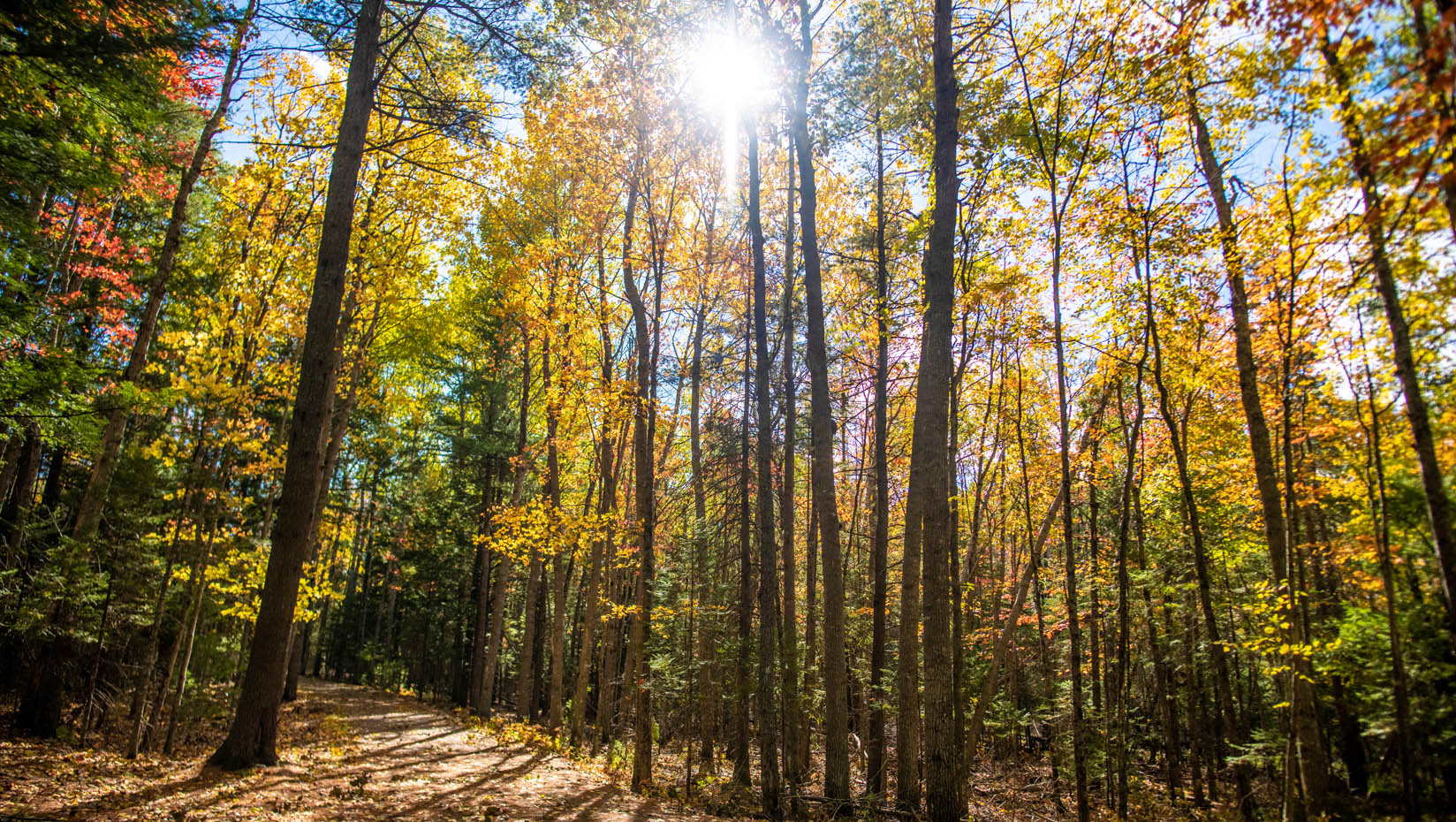
Fraver part of NSF-funded research on methane sinks in Maine forest
The National Science Foundation (NSF) has awarded $1.65 million across a team of researchers at five institutions that includes Shawn Fraver, associate professor of forest ecology at the University of Maine School of Forest Resources, to study methane sinks in Northern Forests. The total award to UMaine is $239,679.
Methane is second only to carbon dioxide in terms of its overall contribution to climate change. Boreal and sub-boreal forests — the northernmost forests, which also make up the largest land-based biome — can shift between emitting methane to the atmosphere and removing it. The factors controlling these shifts in methane emissions or sinks, however, are poorly understood. This lack of understanding leads to inaccurate climate modeling, which is especially concerning given the fact that methane emissions are increasingly important to understanding the climate future.
Previous studies have shown that whether methane is emitted or consumed depends primarily on soil moisture, which makes understanding changes in moisture essential to learning more about methane fluxes in these ecosystems. With the support of the NSF grant, a group of researchers led by Jennifer Watts, assistant scientist at the Woodwell Climate Research Center in Falmouth, Massachusetts, will explore the biophysical drivers of methane fluxes through an on-site moisture manipulation experiment in central Maine’s Howland Research Forest, which has already demonstrated methane source–sink transitions and has existing long-term methane flux data from 2012 to the present. The study site is also situated at the southern limit of what is considered to be boreal forests, which makes it especially vulnerable to climate change.
“Howland Research Forest is the ideal location to conduct this research. Its location in a temperate-to-boreal transition, as well as its documented variation in methane fluxes, allows us to gauge how our northern forests might shift from methane sinks to sources given the projected changes in precipitation. As such Howland serves as a sentinel to broader changes resulting from a changing climate,” Fraver says.
The researchers will examine the changes in net methane emissions across the landscape and soil profile gradient as the moisture is manipulated by rainwater collected in the area, which is representative of natural precipitation chemistry. The researchers will integrate the field observations with laboratory analyses and modeling to bolster their observations.
The researchers hope the study will help to better predictions of methane source–sink transitions under future climate change scenarios.
“Previous studies of methane fluxes have focused almost entirely on landscapes that are known methane sources, largely ignoring methane uptake and neglecting landscapes, like Howland Forest, that alternate between sources and sinks. By using an integrated combination of field experiments, lab studies and modeling, we expect to identify the mechanisms by which forests change from methane sources to sinks and vice versa,” Fraver says.
Fraver is a co-principal investigator of the project along with Hinsby Cadillo-Quiroz, Associate Professor, Arizona State University; Kathleen Savage, Research Associate, Woodwell Climate Research Center; Xiaofeng Xu, Assistant Professor, San Diego State University; and Debjani Sihi, Assistant Professor, Emory University.
The award begins Nov. 1, 2022.
Contact: Sam Schipani, samantha.schipani@maine.edu
